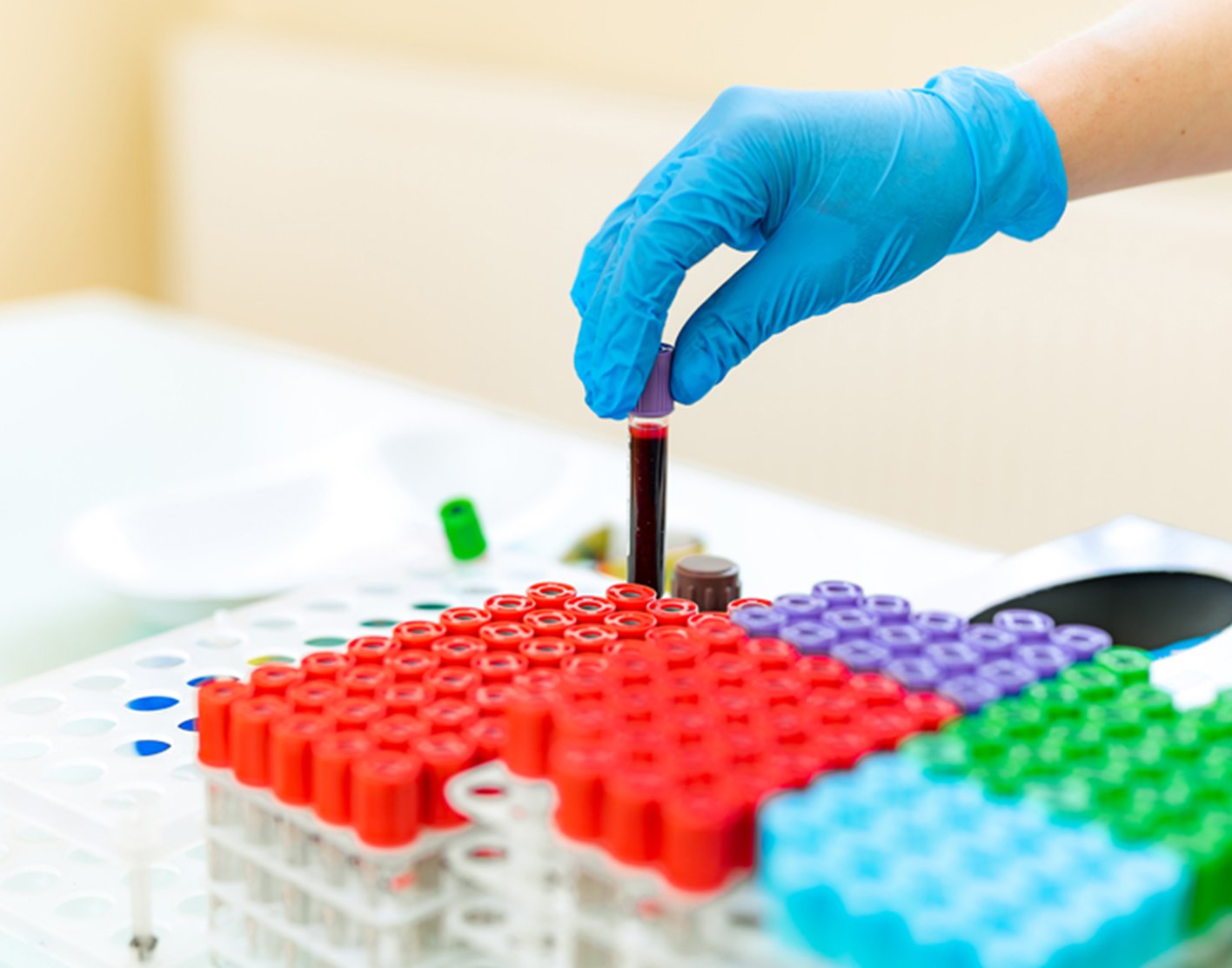
Anti-DNase B blood test
Definition
Anti-DNase B is a blood test to look for antibodies to a substance (protein) produced by group A streptococcus. This is the bacteria that cause
When used together with the
Alternative Names
Strep throat - anti-DNase B test; Antideoxyribonuclease B titer; ADN-B test
How the Test is Performed
A
How to Prepare for the Test
No special preparation is necessary.
How the Test will Feel
When the needle is inserted to draw blood, some people feel moderate pain. Others feel only a prick or stinging sensation. Afterward, there may be some throbbing or a slight bruise. This soon goes away.
Why the Test is Performed
This test is most often done to tell if you have previously had a strep infection and if you might have
Normal Results
A negative test is normal. Some people have low concentrations of antibodies, but they have not had a recent strep infection. Therefore, normal values in different age groups are:
- Adults: less than 85 units/milliliter (mL)
- School-age children: less than 170 units/mL
- Preschool children: less than 60 units/mL
Normal value ranges may vary slightly among different laboratories. Some labs use different measurements or test different specimens. Talk to your health care provider about the meaning of your specific test results.
What Abnormal Results Mean
Increased levels of DNase B levels indicate exposure to group A streptococcus.
Risks
There is little risk involved with having your blood taken. Veins and arteries vary in size from one person to another and from one side of the body to the other. Taking blood from some people may be more difficult than from others.
Other risks:
- Excessive bleeding
- Fainting or feeling lightheaded
- Multiple punctures to locate veins
- Hematoma (blood accumulating under the skin)
- Infection (a slight risk any time the skin is broken)
References
Bryant AE, Stevens DL. Streptococcus pyogenes. In: Bennett JE, Dolin R, Blaser MJ, eds. Mandell, Douglas, and Bennett's Principles and Practice of Infectious Diseases. 9th ed. Philadelphia, PA: Elsevier; 2020:chap 197.
Review Date: 19/05/2023
The information provided herein should not be used during any medical emergency or for the diagnosis or treatment of any medical condition. A licensed physician should be consulted for diagnosis and treatment of any and all medical conditions. Call 911 for all medical emergencies. Links to other sites are provided for information only -- they do not constitute endorsements of those other sites. Copyright ©2019 A.D.A.M., Inc., as modified by University of California San Francisco. Any duplication or distribution of the information contained herein is strictly prohibited.
Information developed by A.D.A.M., Inc. regarding tests and test results may not directly correspond with information provided by UCSF Health. Please discuss with your doctor any questions or concerns you may have.



























